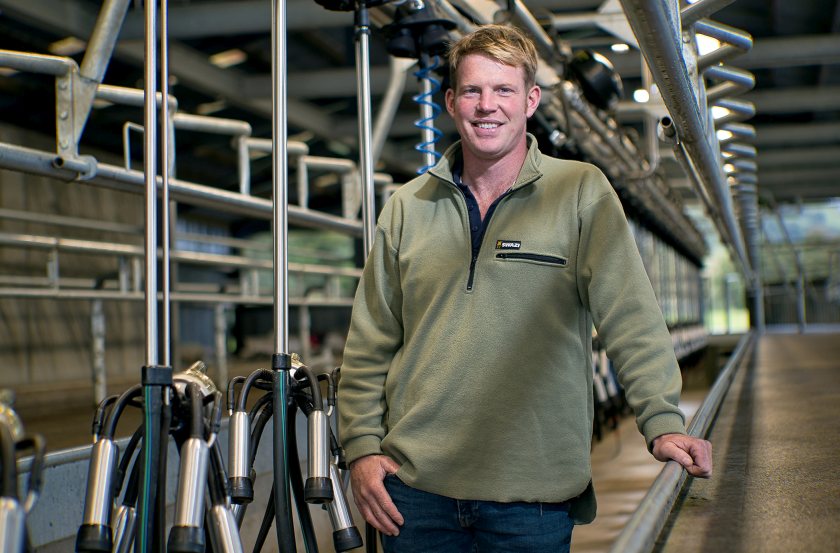
A simple compost extract is helping to supercharge soil life on a Welsh dairy farm — with positive effects still visible seven months after the first application.
Sam Carey, who runs a spring-calving dairy herd in Powys, is working towards creating a sustainable and profitable no-input farming business on land previously dedicated to beef and sheep.
As part of this ambition, and with financial backing from the Farming Connect Try Out Fund, he trialled a new compost extract developed by the Soil Ecology Laboratory.
The product — rich in beneficial bacteria, fungi, protozoa, and nematodes — aims to support soil health and improve nutrient efficiency, potentially reducing the need for synthetic fertilisers.
Nicknamed 'Goop', the compost extract was applied to six fields at varying rates, ranging from 2 litres per hectare (l/ha) to a maximum of 12 l/ha.
Soil analysis carried out seven months later confirmed that the microbial enhancements from the product remained evident.
Fields treated with The Goop contained higher levels of fungi, amoebae and nematodes than untreated fields, with these gains maintained between April and November 2024.
Analysis also indicated slightly more available nitrogen in treated soils, while phosphorus levels remained largely unchanged. Potassium levels increased only in plots that received the higher application rate.
Kate Waddams, a researcher at Aberystwyth University who reviewed the results, noted the potential for cost savings and long-term benefits.
She commented: “If it can replace some nitrogen fertiliser, savings could not only be significant but, with improvements in the soil health, long lasting too."
The study also assessed how soils responded to different application rates, mindful of the cost implications. At 4 l/ha, with a study-period price of £4 per litre, the treatment cost £16/ha; at 10 l/ha, the cost rose to £40/ha.
Interestingly, the analysis found no difference in amoebae and nematode levels between high and low application rates.
“This suggests that the lower applications are just as effective as the higher ones," explained Ms Waddams.
However, she added: “When comparing each application of The Goop to its respective control, the higher application rates showed a greater available nutrient value in the soil."
For Sam Carey, the findings are encouraging enough to warrant further exploration of ways to enhance soil microbiology.
Looking ahead, he plans to experiment with different application techniques, such as inoculating seed during reseeding: “I am also interested in exploring the soil nutrient levels and their effects on microbiology."
Reflecting on the trial, he believes the compost extract shows merit: “Application methods have a significant impact on viability of the product which needs further investigation."
